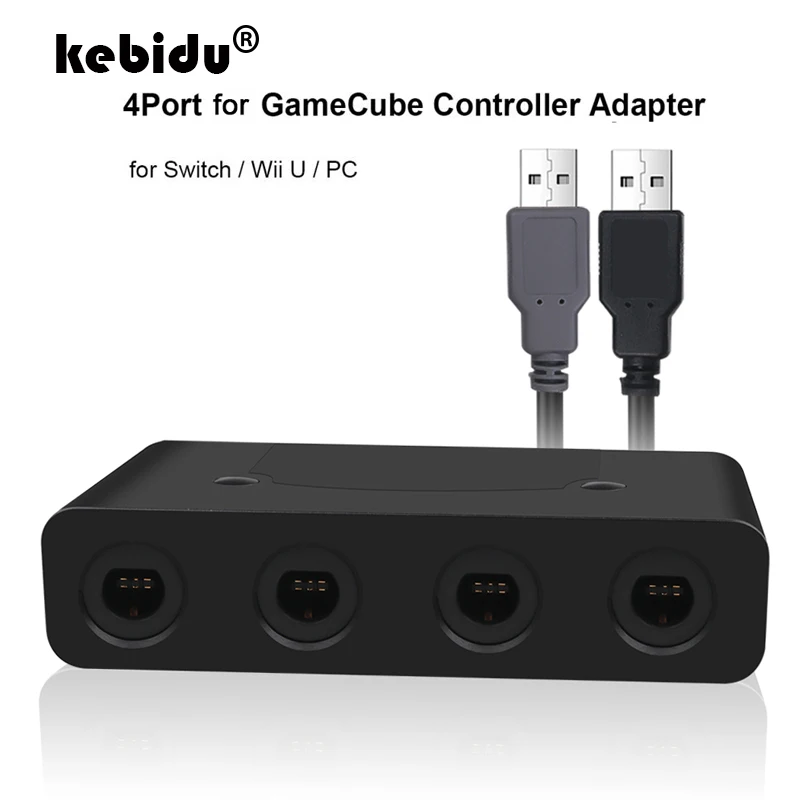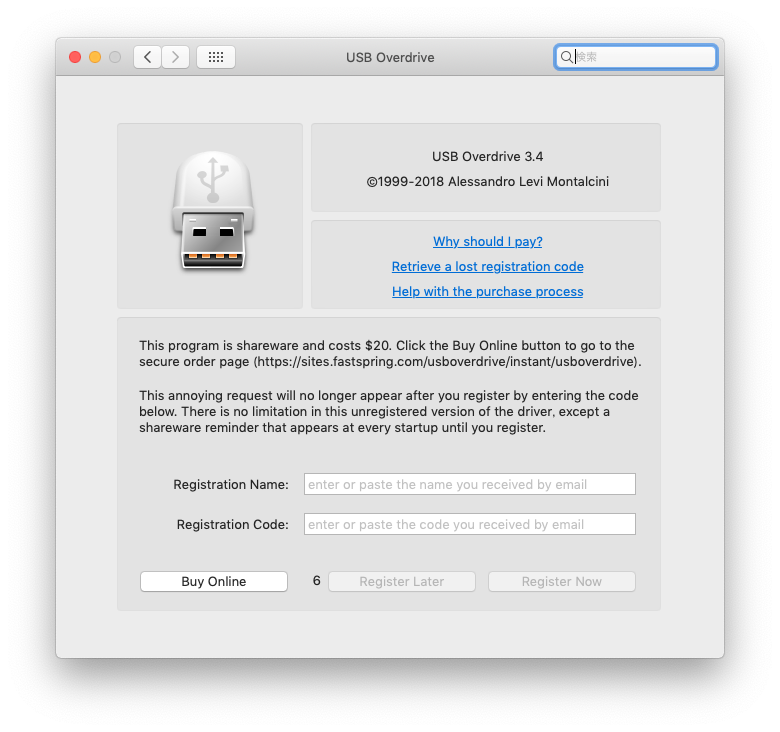

Solo a timbre by holding down SHIFT and the SYNTH # button you want to isolate.Some neat tricks you can do with timbres is: Then activate the timbre by clicking ‘ON’. Simply select the timbre by pressing the associated SYNTH # button. Synth TimbresĪctivating timbres is simple enough. Sometimes, all you need is a single oscillator. You don’t need to use everything on every single patch. Four LFOs, three oscillators, everything else!!! Think of it as a toolbox.

The four insert loops are a fantastic way to give you some really unique sonic effects. But many of the delays and choruses take away the oomph of the signal. There are some of the FX types that do drive the signal in the SYNTH FX section. Even with the effect set to none, routing the timbre via the SYNTH FX module can take away all the punch. If you are aiming to get a thick, fat and present bass sound, be wary of the using the SYNTH FX on a synth timbre. The default settings have controller 2 changing the delay time on one side only, and that isn’t overly useful. My tip with it is to leave controller 1 set to MIX, but set controller 2 to TONE. It’s incredibly tempting to slap it on everything. The stereo delay is to die for in the line-up of synth effects. Would be great if there was an overdrive or compression effect here. These effects are great for helping to distribute the three different synths around the stereo field. The stereo effects are the star players in the SYNTH FX sections.

Get stuck on a note? MIDI panic is triggered by holding down both the octave buttons.

If you want to tempo sync the arpeggiator or sequencer to a DAW, you might encounter some glitchy fun and games, so don’t get too ambitious. MIDI sync isn’t one of the greatest features on the Moog One yet. The way to handle it is to deactivate the SYNTH items in the home display so they are grey. There’s no MIDI Local toggle as yet on the Moog One. The Moog One is neither MPE compliant, nor does it know anything about MIDI 2.0, so don’t even worry yourself about any of that! MIDI Local I’m a DIN guy as my iMac already has a plethora of USB devices tethered to it. More On MIDIįor MIDI, you have two options. The audio track is there so that you can capture audio for when you don’t have your Moog One switched on. Now you have the best of both worlds! You can record MIDI, and use that to sequence the Moog One.


 0 kommentar(er)
0 kommentar(er)
